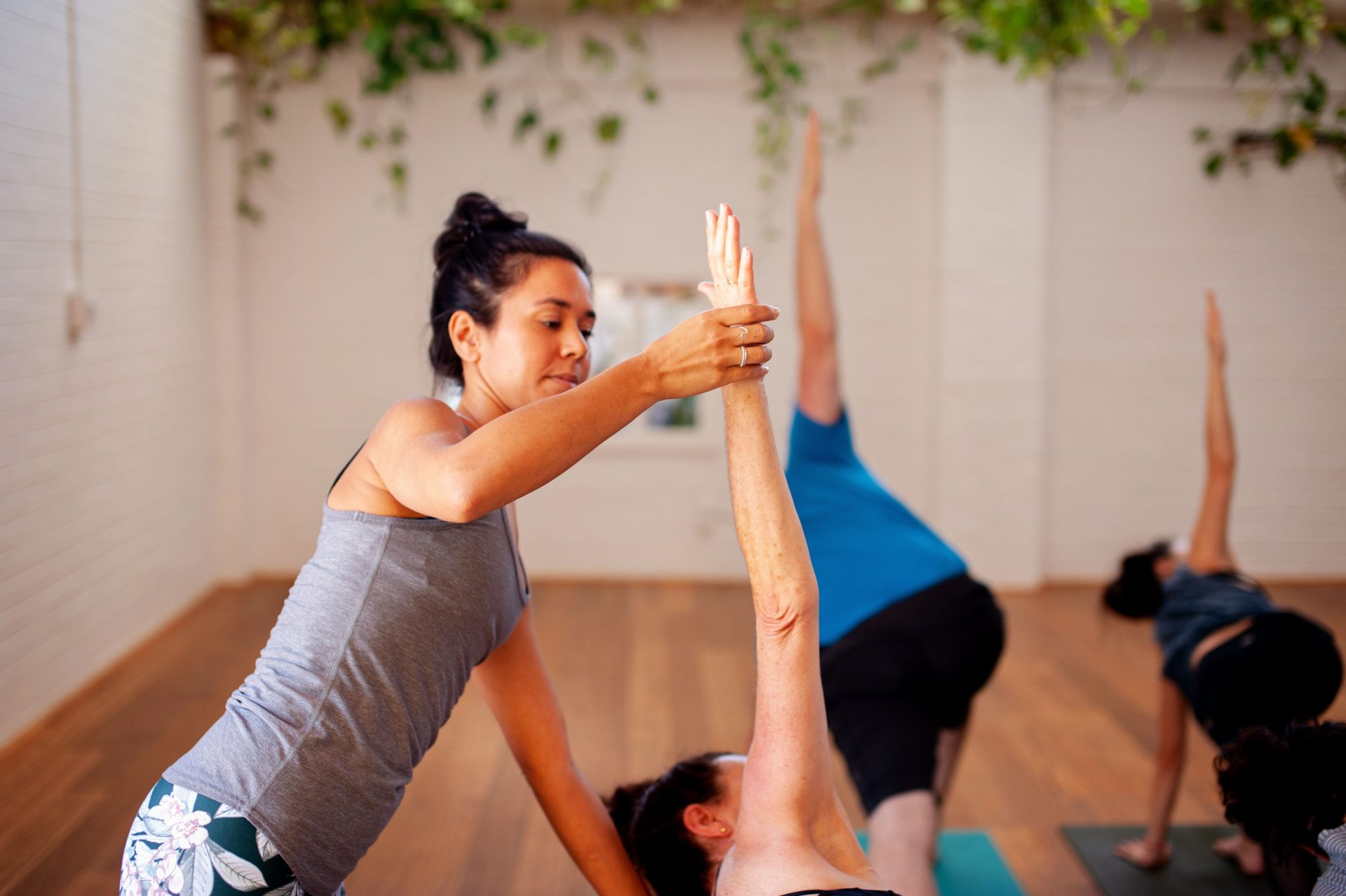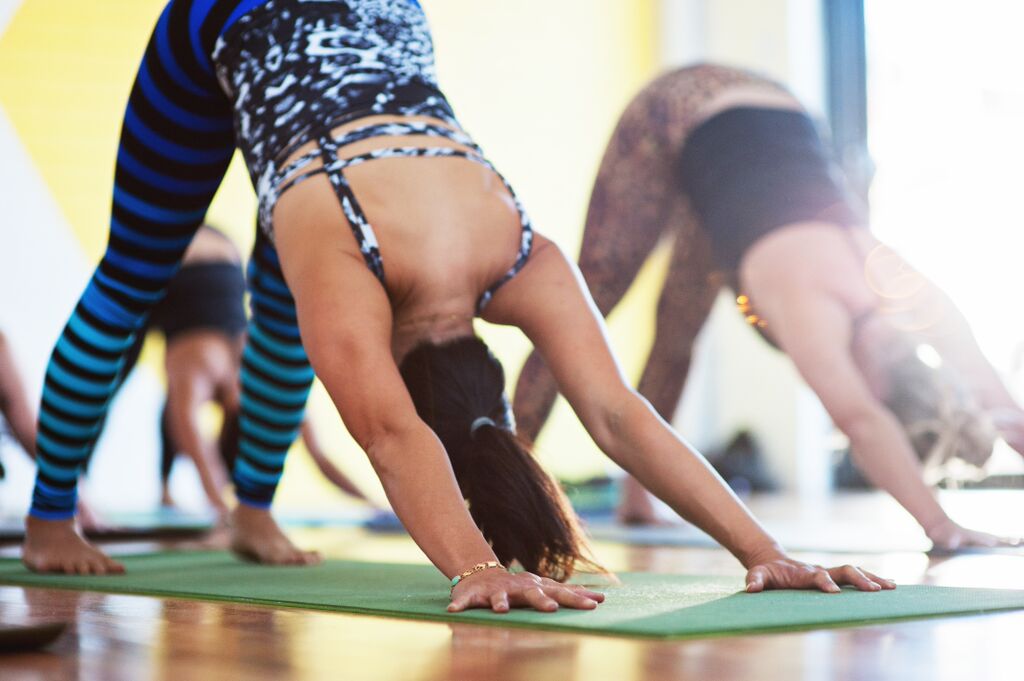TRAINING & MENTORING
Not everyone undertakes a yoga teacher training program with the intention of teaching. While some people know absolutely that’s what they want to do, many are driven to dig below the surface of asana classes and deepen their understanding and experience of the whole system of yoga. I also delight in the fact that many people change their mind along the journey and enjoy the experience so much, they feel a strong imperative to share with others after all.
Yoga as science of living, offers a wonderful system to the individual in navigating, and perhaps even healing one’s life. Every individual that can heal themselves then has something to offer others. Whatever brings you the point of considering teacher training, the more people that practice and teach yoga the better the world will be.
Certainly not all trainings are of equal standing. It can be incredibly confusing to navigate choosing one that that’s fit.
Here are my 3 big tips for navigating choosing a yoga teacher training program.
Choose slow training that fosters deep unhurried learning so that the information presented to you can become knowledge.
Information and knowledge are not the same thing. When most people come to yoga teacher training it is only then that they realise is how little they know about yoga. The body of knowledge is so huge that you need a great deal of time to digest it. A short, or highly condensed program of perhaps only a few months or even weeks (eek!) may present you all the information required, but it will not allow you that information to become knowledge.
Often at the end of my trainings I ask the students if they would like to offer feedback on the length design and of the program. Every cohort has been unanimous in reporting that they feel they could not have completed the learning in less time than 12 months.
Choose a training where the program allows the trainee to progress in their own practice over at least a year under the teacher’s consistent guidance.
Practice has two parts. The practice as it relates to you and the practice of practice.
Let’s consider the practice as it relates to you. One part of the job as an asana teacher is helping students change neuromuscular patterns. This always starts with having a clear vision of the movement pattern not being fully expressed. A teacher can do this most effectively if they know the movement pattern, they are seeking to guide the student towards, intrinsically in their own movement experience.
I think Aristotle was onto something when he said, “practice is the best of all instructions”. This is because If you don’t know yoga in your body, you don’t know yoga.
Learning from your own practice will inform your teaching just as much as the techniques and theories presented to you. You’ll make the best progress by working closely and consistently with a more experienced teacher over a generous amount of time on your own practice.
Another consideration is that it takes time to establish a relationship of trust with a teacher and to make meaningful progress. Again a few weeks or months is not enough.
Okay what about part two? The practice of practice. It also can take time to develop a commitment to practice. Remember yoga is a practice. It can be helpful to have a teacher that is personally committed to your learning and growth to hold space for you as you resolve the difficulties within yourself that may make progress and practice difficult at times.
Lastly, another benefit of more personal training is that once you are qualified you still have senior teacher within reach to offer support and guidance as you step into independence as a yoga teacher.
Choose teacher training where the trainer only takes on as many students as they can effectively hold and effectively teach.
Working deeply with a more experienced teacher is one of the best ways to truly discover and then embody yoga knowledge. This needs to be experienced by the trainee in a meaningful and transformative way. This is best achieved by trainings that are limited in participants numbers. That is: limited to a number of trainees the trainer can effectively ‘hold’ and give energy to.
When it comes to foundational yoga training, I strongly recommend choosing a in person programs rather than online training programs. Once a strong foundational base is established online programs may be an okay option for broadening your knowledge base, but I do not recommend them as a starting point.
In addition, having a sense of belonging in a yoga shala community is also a special part of the journey. The community and peer support can really enrich your experience and enjoyment while undertaking your training.
The only way to truly succeed as yoga teachers is to be a good example, so look for a trainer who exhibits good values and ethics with how they structure their training. Ideally, you’ll also feel a sense the teacher has healthy boundaries, is compassionate, and that they have succeeded to make significant progress along the yogic path themselves.
Of course, I have a lot more to say on the subject, and if you would like to meet me as a starting point for considering my training program, head over to the Yogahub website for upcoming information sessions dates.
MORE INFO AT YOGAHUB

300hr Teacher Training
100% in person, in studio small group training. Deep unhurried learning across the whole system of yoga. Delivered over 12 months.

Mentoring Programs for Yoga Teachers
Sarcha's bespoke programs for teachers looking to gather new skills and confidence in yoga teaching.
